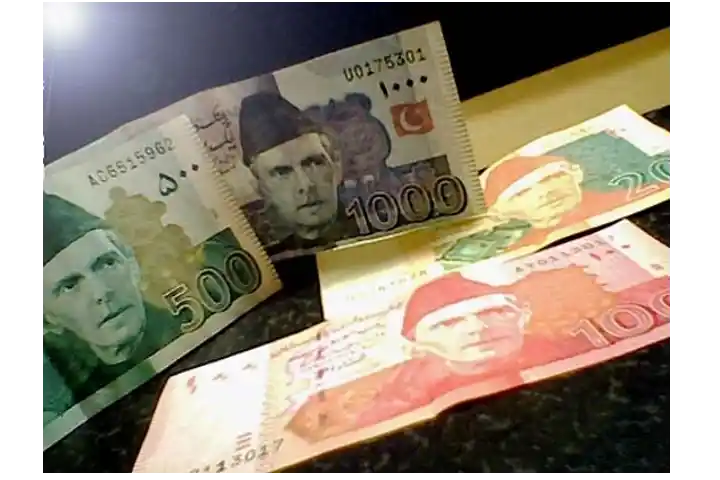Pakistan’ rupee has plunged more than 70 per cent in the last three years since Prime Minister Imran Khan took over in August 2018. After the recent $3 billion loan from Saudi Arabia, the country’s policymakers are now pinning their hopes on the expected assistance from the International Monetary Fund.
What has surprised policymakers is the fact the Pakistani rupee continued to weaken despite the recent loan from Saudi Arabia.
“In recent days, it has become clear that bits of good news such as the arrival of three billion US Dollars in a Saudi loan to bolster the State Bank’s reserves or conclusion of a staff agreement between Pakistan and IMF officials for resuming the loan have practically failed to stem the continued pressure on the rupee.,” the News International said.
As part of a bailout package, in 2019 the IMF committed to provide Extended Fund Facility (EFF) support to Pakistan in times of a crisis like situation.
Also read: Pakistan remains a safe haven for terrorists, including 2008 Mumbai attack masterminds: US report
The rupee which traded at around 107 to a dollar in August 2018, when Khan was appointed Prime Minister, today is valued at around 178, bringing much worry to the cricket turned politician who faces elections in two years.
The steady fall of the country’s currency may be a reflection of a larger political problems than just economic challenges, analysts told India Narrative.
Uncertainty has also hit the country’s business community.
While Islamabad has been blaming external reasons for this economic mess, majority of Pakistanis feel that the current situation it is due to the government’s mishandling of policies.
“The country’s economic challenges have risen exponentially and now it is hitting the country from almost every corner. Big ticket reforms are the need of the day but that does not seem to be the priority as the government until now has been preoccupied with issues other than the economy,” he said.
The value of a country’s currency also reflects stability in political and monetary policies, which draw investments. Overall economic growth and inflow of investments – foreign and domestic—are key for strengthening the currency. But now as the brutal killing of a Sri Lankan citizen engaged at a sports equipment factory in the country’s Punjab province hit headlines, things have become worse for the Khan government.
Also read: Pakistan has gone bankrupt, says country’s former revenue board chief
The country’s inflation too rose to 11.5 per cent in November—the highest this year—hitting the common people the most.
The Diplomat pointed out that Pakistan’s social media feeds are filled with young boys preaching hate and asking others to do the same. “What if the next victim belongs to another friendly country? Who will consider investing in Pakistan when the danger of being lynched looms large?” the news organisation said.




















